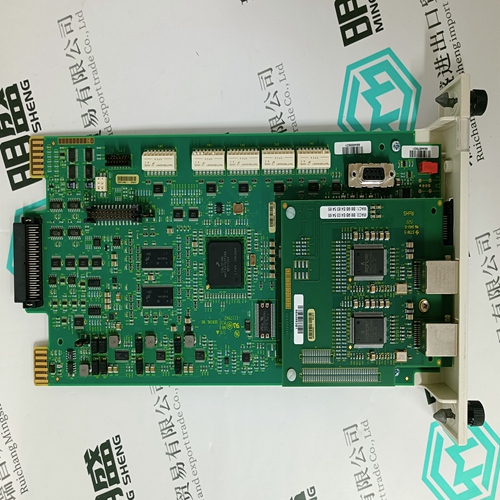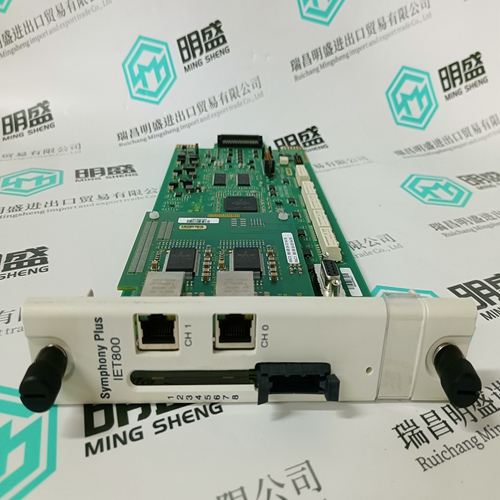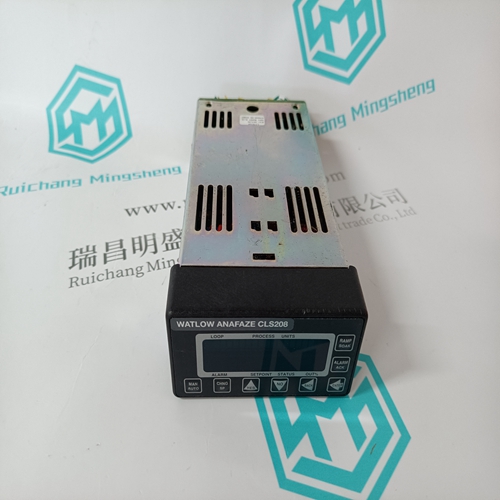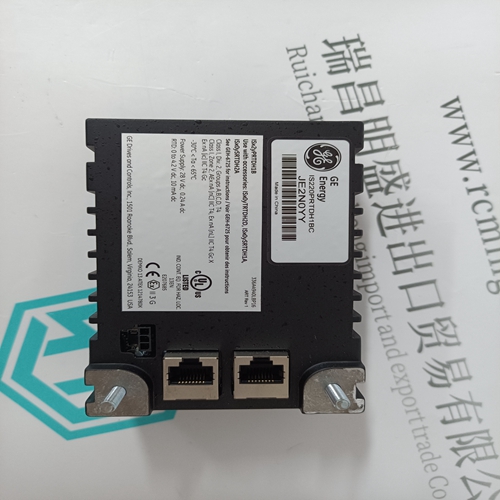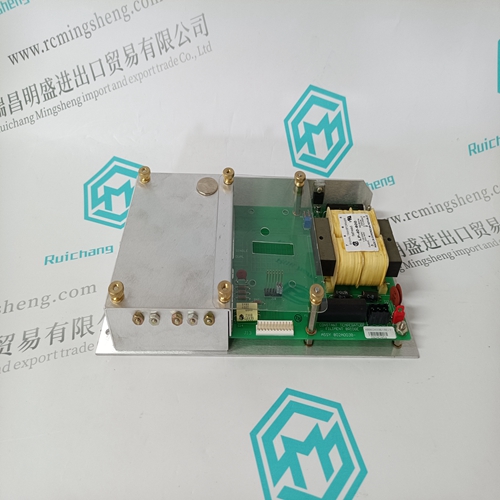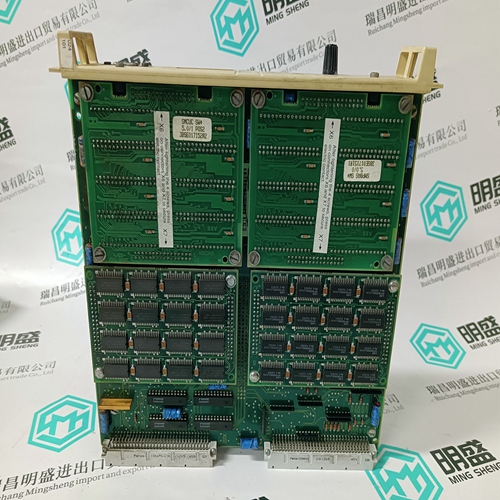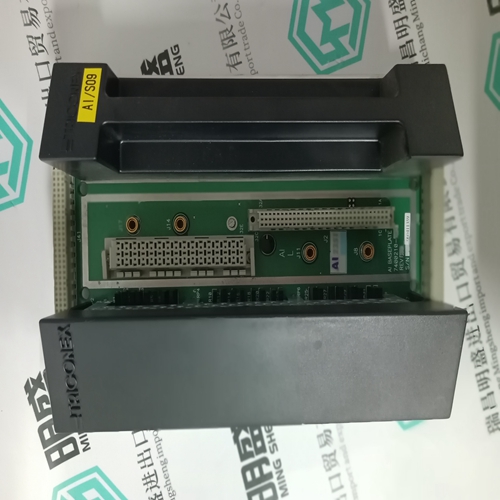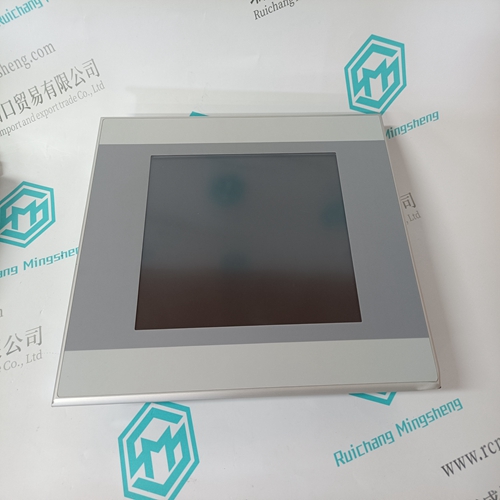Home > Product > DCS control system > SPIET800 Transmission module
SPIET800 Transmission module
- Product ID: SPIET800
- Brand: ABB
- Place of origin: The Swiss
- Goods status: new/used
- Delivery date: stock
- The quality assurance period: 365 days
- Phone/WhatsApp/WeChat:+86 15270269218
- Email:stodcdcs@gmail.com
- Tags:SPIET800Transmission module
- Get the latest price:Click to consult
The main products
Spare parts spare parts, the DCS control system of PLC system and the robot system spare parts,
Brand advantage: Allen Bradley, BentlyNevada, ABB, Emerson Ovation, Honeywell DCS, Rockwell ICS Triplex, FOXBORO, Schneider PLC, GE Fanuc, Motorola, HIMA, TRICONEX, Prosoft etc. Various kinds of imported industrial parts
SPIET800 Transmission module
Message Keys Use the MESSAGE keys to move between message groups within a page. The MESSAGE DOWN key moves toward the end of the page and the MESSAGE UP key moves toward the beginning of the page. A page header message will appear at the beginning of each page and a page footer message will appear at the end of each page. To enter a subgroup, press the MESSAGE RIGHT key. To back out of the subgroup, press the MESSAGE LEFT key Setpoint values are entered using the VALUE keys. When a setpoint is displayed calling for a yes/no response, each time a VALUE key is pressed, the “Yes” becomes a “No,” or the “No” becomes a “Yes.” Similarly, for multiple choice selections, each time a VALUE key is pressed, the next choice is displayed. When numeric values are displayed, each time VALUE UP is pressed, the value increases by the step increment, up to the maximum. Hold the key down to rapidly change the value.
Keypad Entry: Press the MENU key once to display the first page of setpoints Press the MESSAGE RIGHT key to select successive setpoints pages. The page number and page title appear on the second line. All setpoint page headers are numbered with an ‘S’ prefix. Actual value page headers are numbered with an ‘A’ prefix. The messages are organized into logical subgroups within each Setpoints and Actual Values page as shown below.
Setpoint Access Security
The PQMII incorporates software security to provide protection against unauthorized setpoint changes. A numeric access code must be entered to program new setpoints using the front panel keys. To enable the setpoint access security feature, the user must enter a value in the range of 1 to 999. The factory default access code is 1. If the switch option is installed in the PQMII, a hardware jumper access can be assigned to a switch input. Setpoint access can then only be enabled if the switch input is shorted and the correct software access code entered. Attempts to enter a new setpoint without the electrical connection across the setpoint access terminals or without the correct access code will result in an error message. When setpoint programming is via a computer, no setpoint access jumper is required. If a SCADA system is used for PQMII programming, it is up to the programmer to design in appropriate passcode security . Computer Entry: When running the EnerVista PQMII Setup Software, setpoint values are accessed through the menu bar and displayed in a series of windows. See Chapter 4: Software for further details. • SCADA Entry: Details of the complete communication protocol for reading and writing setpoints are given in 7.4: DNP 3.0 Communications. A SCADA system connected to the RS485 terminals can be custom programmed to make use of any of the communication commands for remote setpoint programming, monitoring, and control.

